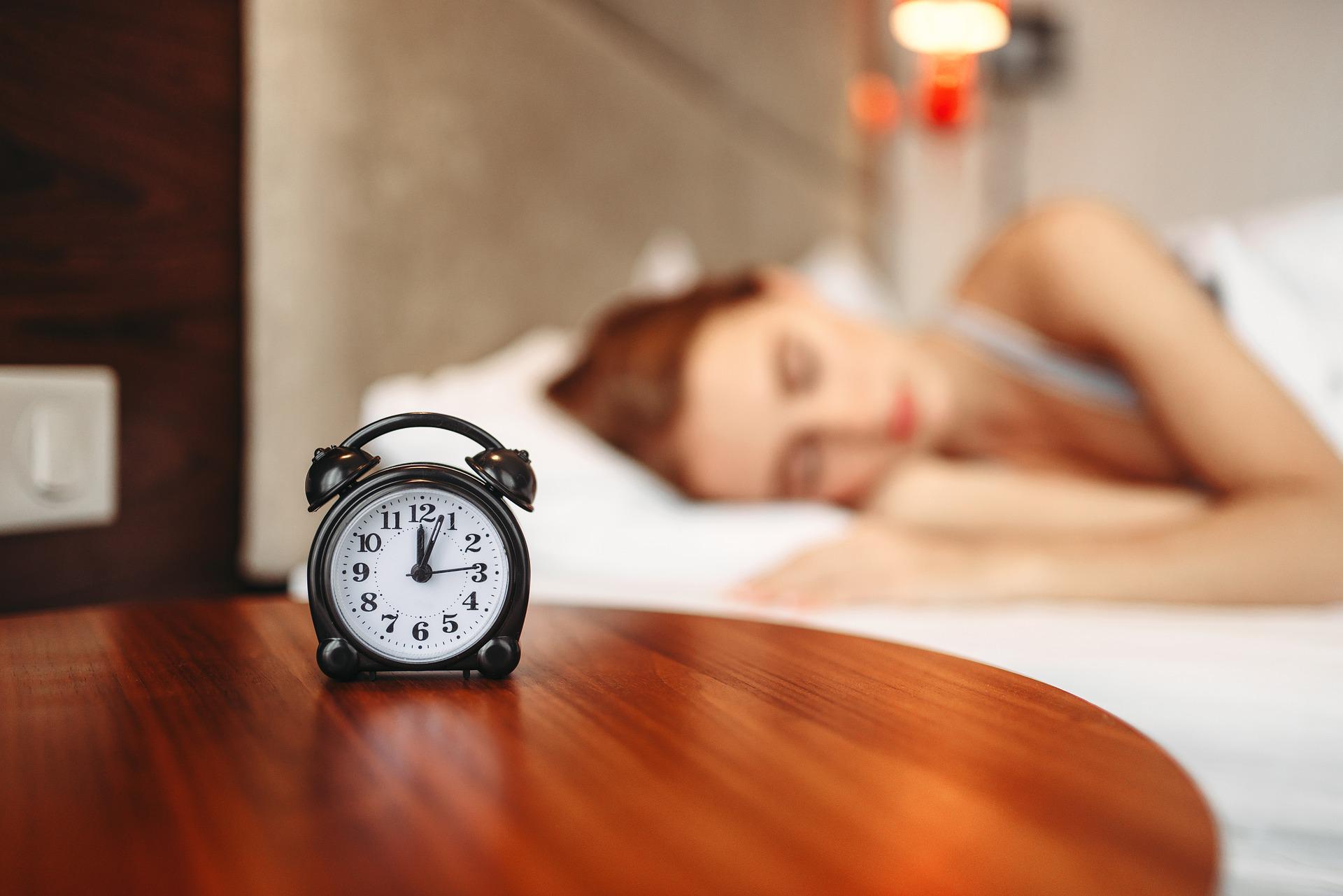Lucid dreaming (LD) is a platform that presents a huge number of opportunities: from personal growth and healing to entertainment and traveling. Dialogue with dreamers in real time opens up new avenues of exploration for scientists and experimenters. One of the problems they encounter, however, is reliable LD induction: many people experience LD at least once in their lives, but only one in five does so regularly (once a month or more), and only one in a hundred is able to do so several times a week.
A group of researchers from Switzerland—Erlacher, Furrer, Ineichen, Braillard, and Schmid—previously achieved some success, having managed to induce lucid dreaming in 50% of participants overnight in the sleep laboratory. To do this, the scientists combined the wake-up-back-to-bed technique (WBTB) and the mnemonic method (MILD).
In the new experiment, the authors decided to interrupt sleep earlier: 4.5 hours after falling asleep (in the previous study, they gave participants 6 hours of sleep). As a result, the success rate dropped to 26%. In one group of volunteers, researchers replaced MILD with a reality check technique—and the effectiveness dropped even lower: down to 20%.
In another group of volunteers, scientists simplified the schedule of waking up in the second half of the night (the usual system woke participants up after 15 minutes of continuous REM phase, after 3 hours of falling asleep). None of the volunteers in this group achieved lucidity. As the authors add, this zero effect is surprising because the rest of the procedure was the same as in all other experiments. Another result of this simplification was that the frequency of dream remembrance during morning awakening also decreased.
What LD techniques do you find effective?
The article was published in April 2022 in the journal Clocks & Sleep.




